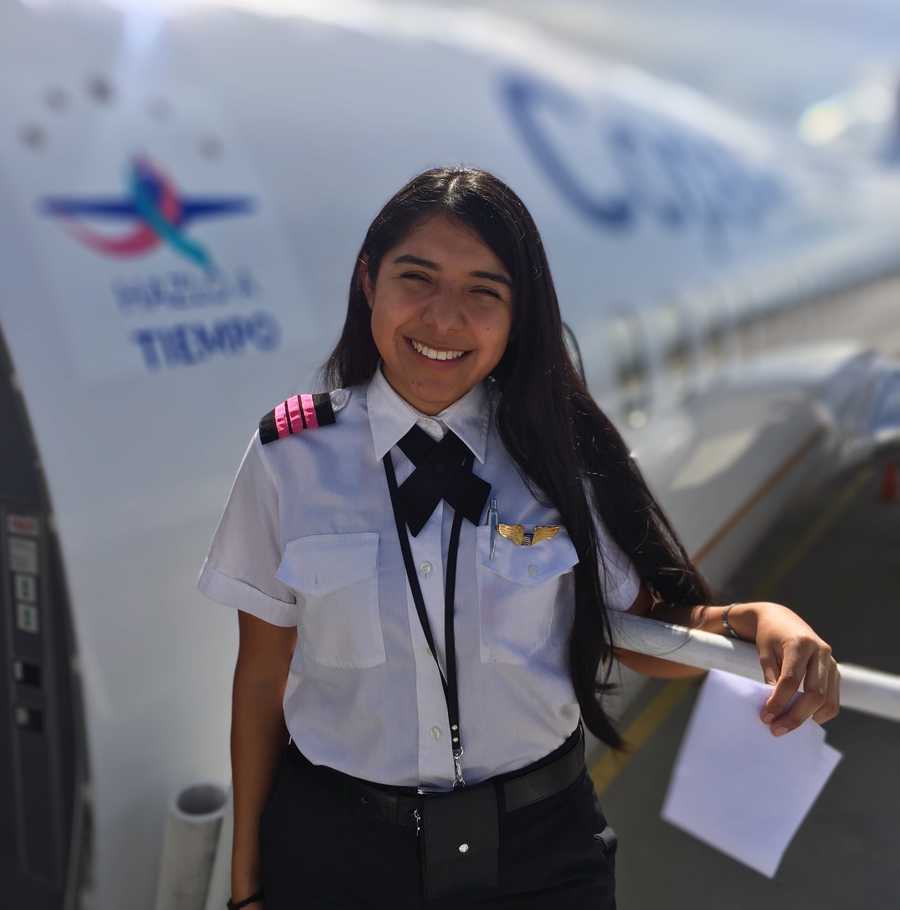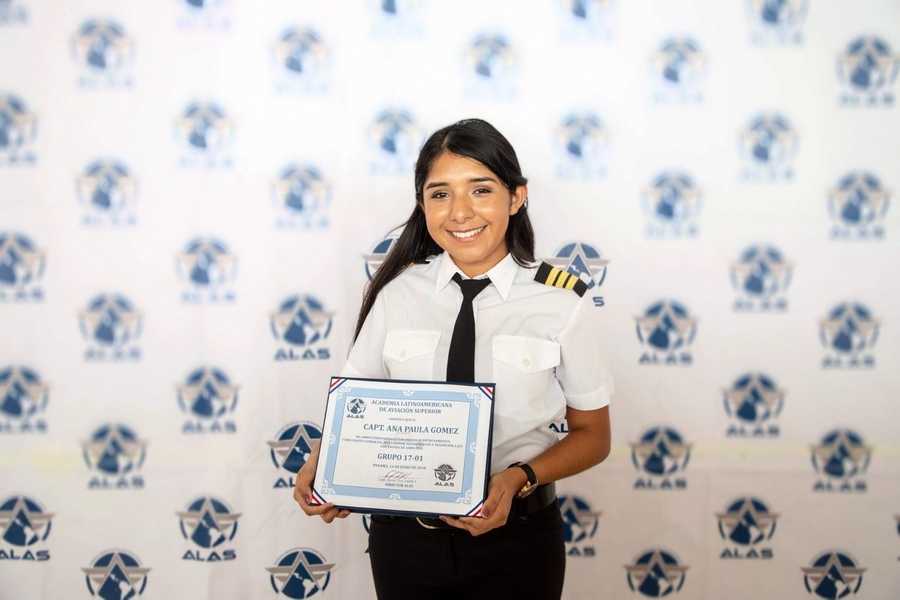Discover the tips for aspiring Professional Pilots

So you have decided to be a pilot, but you have many doubts about whether you think you can achieve it, whether you have what it takes to do it or you have fears or insecurities about what it requires and is needed. I hope with these little tips for the aspiring pilot they can help you. I will try to explain in a simple way what you need to achieve to have your three bars on your shoulders with these tips for the aspiring professional Pilot in a series of special posts on how to be a pilot.
In principle, I am going to speak in a generalized way, based on some myths and requirements generally accepted in most Latin American countries which have been based on the same requirements of the United States Federal Aviation Agency (FAA) for its acronym in English.

The first thing we must consider is the age issue, to be able to start having a formal education is to be at least 17 years old and have a bachelor’s or secondary education degree, although this does not give you the freedom to act as a pilot, if it gives you the freedom to act as a “pilot student”. But to act in a commercial line, the minimum age required in some Latin American countries is 21 years, such as my case in Panama, in others it can be 23 years, as well as to be eligible to obtain a transport pilot license airline (ATP), nor do I mean you must be young to be a pilot, I know many people over 40 who wanted to be pilots and succeeded, I only mention this information for reference purposes.
The famous Aviation Myths
My vision is not perfect. I have to wear glasses
To be able to eventually work in aviation NO you need to have a 20/20 vision, although it would be ideal, aeronautical medicine allows you to develop in the field of aviation using prescription lenses without any problem and let me tell you that I know many Young people and adults with this medical prescription and being excellent Pilots, However, I must mention that there are some limitations regarding color blindness or the impossibility of distinguishing colors.
My height is a little small
The second thing, do you think you do not meet the stature height to be a pilot? It is another of the myths, in reality height is not an impediment for pilots, (although it is for other flight activities such as cabin crew). But for pilots it is not a restriction. Why? Because just like a car, all planes have adjustable seats for pilots of any height, I have known pilots who do not exceed 1 meter with 50 cm. Of height. And let me tell you, I am not very tall either, although in some small planes they cannot see very well above the instruments, it is easily solved with the use of a cushion
The English
Although proficiency in English is not mandatory at the study stage in our Latin American countries, it is vital for the future of your career, thinking much later, airlines require a certificate of high aeronautical English proficiency, measured on a scale of the International Civil Aviation Organization, where in addition to measuring your English in aeronautical communications, they will measure the ability to understand English spoken by non-native people or with very strong accents. So you must speak and understand very well. On the other hand, manuals and post-training will require you to read a lot in English. If you decide to study in the United States, the Federal requirement for obtaining a license is that you be able to speak, write and understand the language. Typically, schools before receiving their foreign students require an international English exam such as the TOEFL.
The maths
UA headache for many kids and wannabes, they think they will run into problems worthy of scientists. Well, no. The reality is that aviation is reduced to simple problems of basic arithmetic, and unlike schools where the use of calculators or any aid is penalized, in aviation it is quite the opposite. The use of any tool is recommended and encouraged To solve problems, the idea is not to complicate the pilot’s life but to make it easier. In short, if you know how to add, subtract or make a simple rule of 3, you are inside, for more complex calculation topics, you can use your calculator, cell phone, Tablet, or whatever you want!
An Expensive career
Unfortunately, yes, it costs a lot to train a pilot, and the costs vary greatly from country to country. It is known that in Bolivia, for example, you can obtain a commercial pilot license for around $ 15,000 to $ 20,000, while in the United States it can cost you $ 80,000 or more. The cost is too variable and it depends on your effort and your skill as a pilot, I will talk about this later. Currently many children are looking for a way to finance their career, usually the methods used are through educational loans from the state, or traditional banks, or directly through financing plans offered by schools. It is very prudent that on the estimated cost of a school add 20% for any additional training topic.
El Examen Médico
Medical examination is highly feared since in order to be a pilot in any country you will have to undergo a comprehensive medical examination at an aeronautical medicine center. And this should be renewed from time to time depending on the age and use of the medical examination. For example, a first-class one is for pilots under 40 years of age one calendar year, but the same certificate lasts 5 years if the activity carried out is that of a flight instructor or student pilot to name a couple of cases and their validity and rigor could vary depending on the aeronautical jurisdiction of each country.

The pilot school
This is an important point because you must choose a suitable one since these will be your pilot bases, and this point will be important to aspire to a local or international airline due to the preparation you have had. I achieved my license as a Commercial Pilot in the ALAS school in Panama City, Panama, I sincerely recommend it for its high standards in its teaching and preparation processes. From my point of view before choosing the pilot school you should consider:
- Local school related news (Accidents, accomplishments and more).
- Antiquity (The experience and maturation of the school is important).
- Number of aircraft available (You can ask the school directly and it will indicate the availability of hours and times when you can fly).
- Number of students per cycle (This is important and refers to the number of aircraft because the frequency of your flights will depend on this).
- Strategic alliances with local airlines
- Aircraft Maintenance
- Research with students within schools (It would be good if you try to find people who were or are within schools to give you a basis of how the processes are handled).
- Average duration of the race.
- Praise support or Scholarship management or Financial financing.
Finally
Your life as a pilot student will take you on rewarding roads, however, you will also find disappointments and frustrations, your mind will be divided many times between your performance and the money you invest, an unsatisfactory flight lesson is a blow to your pocket that You must learn to drive but in the end everything will depend on your dedication and your desire to learn. It’s not easy, but it’s not impossible either! Cheer up!
I hope that my little tips for aspiring professional pilot and professional student pilot have served you on what you can expect and what you need to get to your desired professional pilot license.